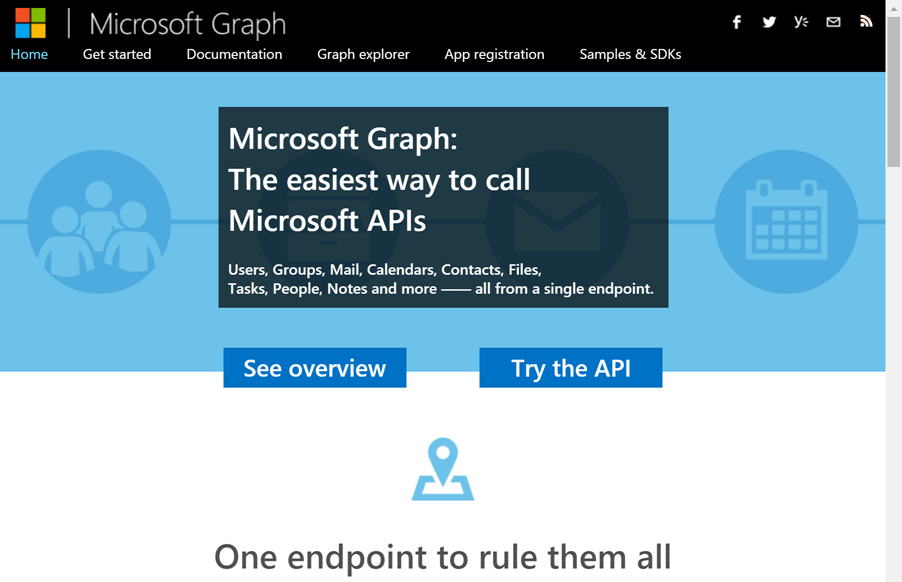API Management Tips & Tricks – Importing Swagger 2.0 Docs
API Management (APIM) offers many features for consumers to use by providing a unified endpoint. In order to achieve this consolidation, importing existing API definitions is one of its key functionalities. APIM supports both document types in WADL and Swagger to import APIs. In this post, we’re going to discuss what we should know when dealing with Swagger documents.
The Issue
Importing Swagger document into APIM is pretty straight forward by following this Azure document.… [Keep reading] “API Management Tips & Tricks – Importing Swagger 2.0 Docs”


